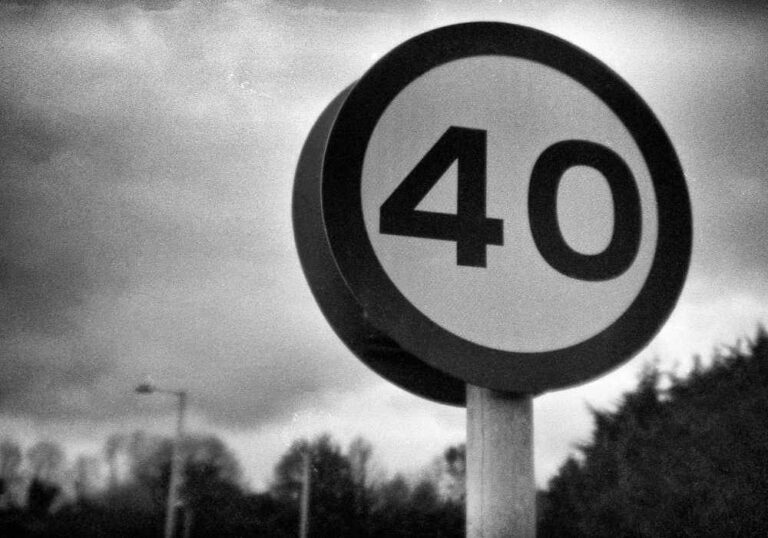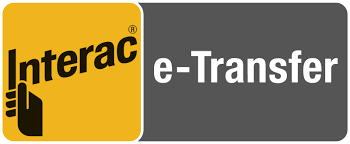Toronto, Canada’s largest city, is renowned for its vibrant culture, diverse communities, and bustling streets. However, along with its charm comes the challenge of navigating its complex traffic laws.
Whether you’re a seasoned driver or new to the city, understanding Toronto’s traffic laws is essential for safe and stress-free travel. In this guide, we’ll delve into the key aspects of Toronto’s traffic laws that every driver should know.
- Speed Limits and Enforcement: Toronto’s speed limits vary depending on the type of road. In residential areas, the default speed limit is typically 40 km/h unless otherwise posted. On major arterial roads, the limit is usually 50 km/h, while highways may have limits of 80 km/h or higher. It’s crucial to adhere to these limits, as speeding fines can be hefty, and excessive speed significantly increases the risk of accidents.
- Traffic Signals and Signs: Traffic signals and signs play a crucial role in regulating traffic flow and ensuring safety. Red means stop, yellow signals caution, and green indicates it’s safe to proceed. Pay close attention to stop signs, yield signs, and other regulatory signs, as failure to obey them can lead to collisions and legal penalties.
- Right-of-Way Rules: Understanding right-of-way rules is essential for preventing accidents at intersections and pedestrian crossings. In general, vehicles must yield to pedestrians in crosswalks, and when approaching a four-way stop, the first vehicle to arrive has the right of way. However, it’s crucial to exercise caution and communicate with other drivers to avoid confusion.
- Lane Usage and Turns: Toronto’s busy streets require drivers to navigate multiple lanes and make various types of turns. Stay in the appropriate lane for your intended route, signal your intentions early, and yield to oncoming traffic when turning left. Additionally, be aware of designated turning lanes and avoid making illegal U-turns or turns from non-turning lanes.
- Parking Regulations: Finding parking in Toronto can be challenging, but it’s essential to adhere to parking regulations to avoid fines and towing. Pay attention to posted signs indicating parking restrictions, such as no-parking zones, time-limited parking, and permit-only areas. Utilize parking meters or pay-by-phone services when required, and always ensure your vehicle is parked legally.
- Distracted Driving Laws: Distracted driving, including texting, talking on the phone, or engaging in other activities that divert attention from the road, is a significant concern in Toronto and across Canada. Ontario’s distracted driving laws prohibit the use of handheld devices while driving, with fines and demerit points for offenders. Stay focused on the road and use hands-free devices if necessary.
- Seatbelt and Child Safety Laws: Seatbelt use is mandatory for all occupants of a vehicle in Ontario, including passengers in the back seat. Children must be properly secured in an appropriate car seat or booster seat until they reach a certain age, height, or weight, as specified by provincial regulations. Failure to comply with these laws can result in fines and penalties.
- Impaired Driving Regulations: Driving under the influence of alcohol or drugs is not only illegal but also extremely dangerous. Ontario has strict laws against impaired driving, including severe penalties for offenders, such as license suspension, fines, and even imprisonment. Always designate a sober driver or use alternative transportation if you plan to consume alcohol or drugs.
- Cyclist and Pedestrian Rights: Toronto is home to a large cycling community, and drivers must share the road safely with cyclists and pedestrians. Give cyclists ample space when passing, yield to them at intersections, and watch for pedestrians, especially in busy downtown areas. Respect designated bike lanes and crosswalks, and be mindful of vulnerable road users.
In Conclusion, understanding Toronto’s traffic laws may seem daunting at first, but with awareness, caution, and respect for the rules of the road, drivers can safely traverse the city’s streets. By understanding and following speed limits, traffic signals, right-of-way rules, and other regulations, drivers can contribute to a safer and more efficient transportation system for all road users. So, next time you hit the road in Toronto, remember to drive responsibly and make safety your top priority.
Click here to view our different packages or click here to book your G2 road test.
Lastly, our services are extended to Toronto, North York, Etobicoke, Scarborough, Vaughan and Brampton







